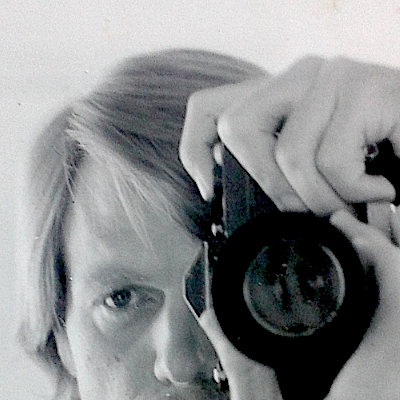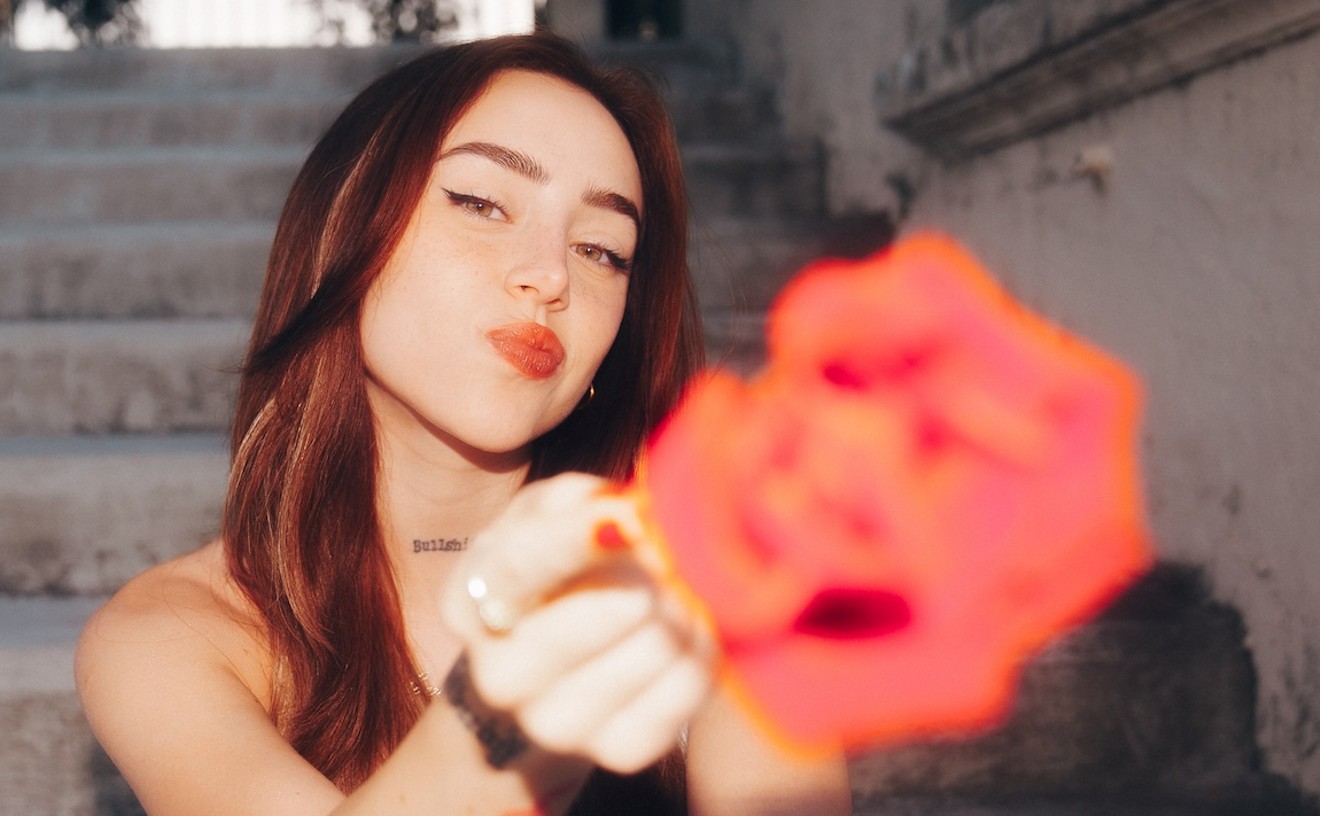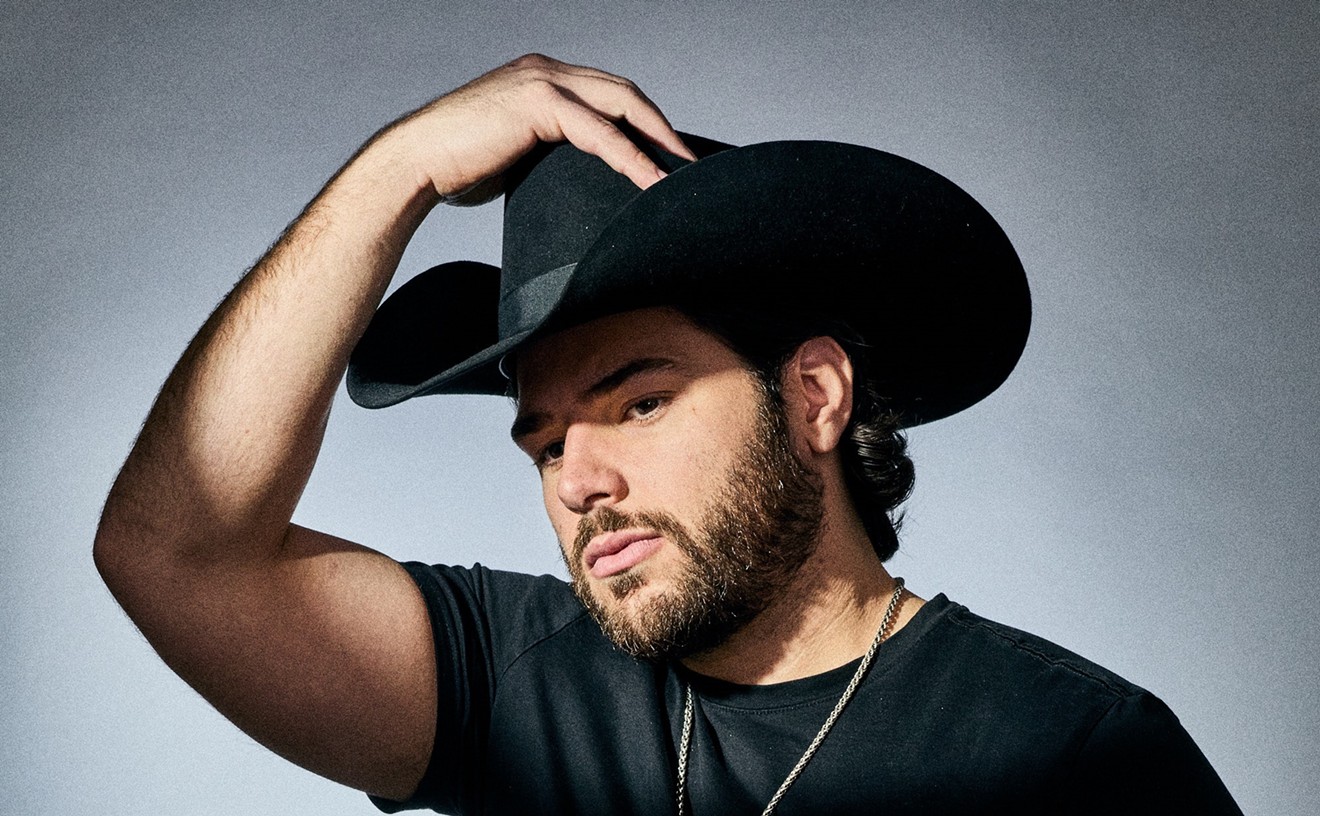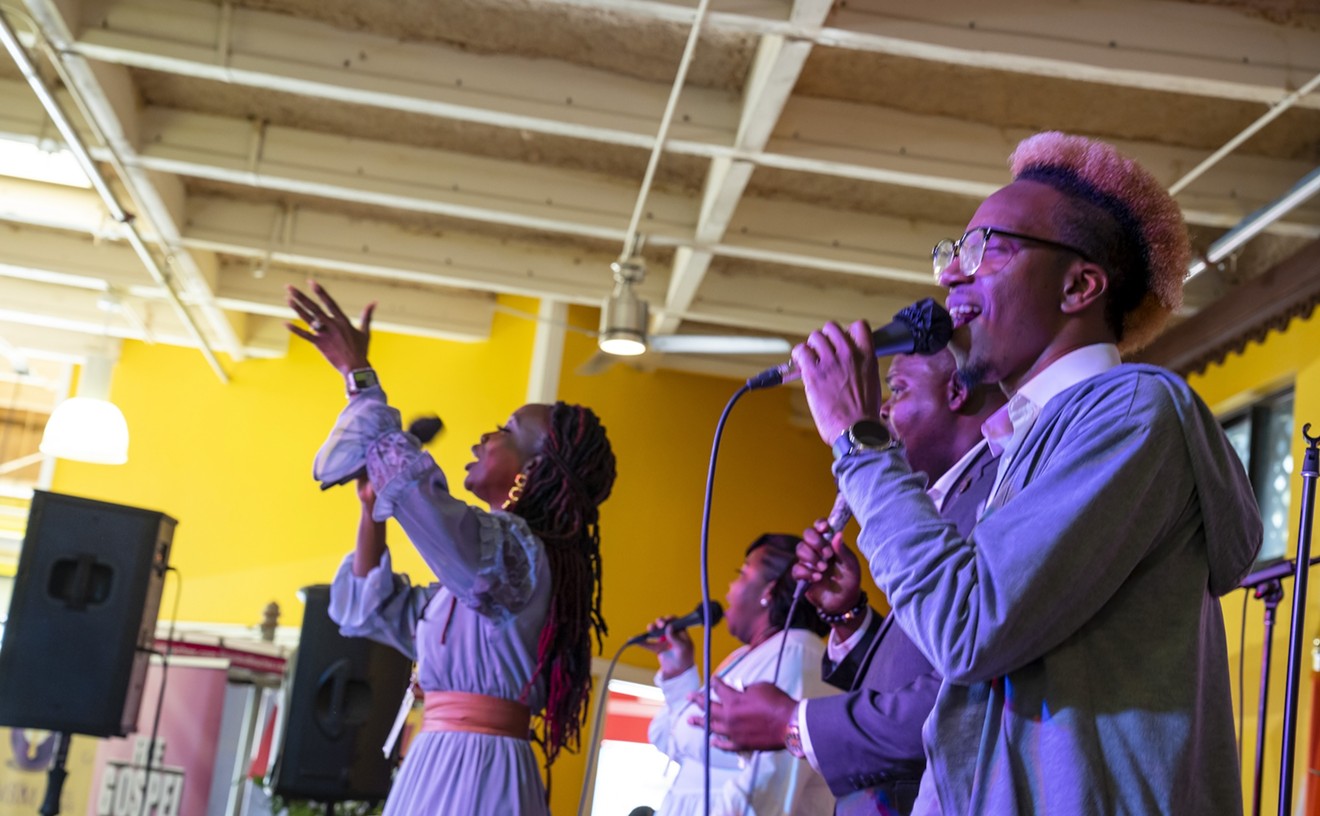Levine isn't the first politician to try to win voters by cracking down on bars, though. In fact, a look back through Dade County's liquor-soaked history reveals a treasure trove of notorious dives that were the bane of police and politicos for decades.
Tommy's Deck Bar
Thirty years before Levine's Ocean Drive quest, another mayor had his own target in South Beach. The source of Mayor Alex Daoud's ire was Tommy's Deck Bar on Fifth Street near Washington Avenue, a seedy hole in the wall frequented mostly by prostitutes and drug dealers. Police openly called it "the most dangerous bar in town." In September 1986, the Miami Herald reported that Beach cops had answered 168 emergency calls at Tommy's that year alone.
Tommy's owner, Bernie Toll, told the Herald at the time: "I bought [the bar] because redevelopment was going through and I wanted to own a bar down in redevelopment. And then redevelopment went into the toilet, and slowly my bar became the toilet. If I cleaned out my bar, I would have no customers."
That month, Daoud persuaded Toll to shut down the bar. "That place has been an absolute cesspool for crime and criminal activity. I'm hoping we'll start closing down a lot more of these bars," Daoud told the Miami Herald.
Thirty years after its closing, it's difficult to find anyone who remembers Tommy's. And though it may have been the most dangerous bar in Miami Beach, was it one of the most dangerous in Florida? Not by a long shot.
Gator Hook Lodge
First up is a bar very few have ever heard of: the Gator Hook Lodge, which was situated on remote, swampy Loop Road in the Everglades.
In 2012, Tampa Bay Times reporter Jeff Klinkenberg reminisced about a place he first visited in his youth. Here's what he wrote:
It's gone now, what was Florida's roughest tavern on what still is a rugged, I-hope-my-car-doesn't-break-down byway. For two decades, the Gator Hook Lodge stood bristling with Gladesman culture on the notoriously unfriendly Loop Road in the Big Cypress Swamp. Inhabitants included hunters and fishers, froggers and gator poachers, moonshiners and misanthropes. There was at least one amazing musician who played fiddle like an angel.Bilmar Lounge
In the Gator Hook, named after a poaching tool employed to yank reluctant alligators from their dens, folks fought, bled and drank themselves silly. "No Guns or Knives Inside," warned the sign above the door. On Saturday nights, almost everybody in the place carried a dagger or a pistol.
The Gator Hook sat only a few miles from the Miami-Dade County border on the Florida mainland. Actually, it was located in a sliver of Monroe County, where Key West was the seat of government. The nearest sheriff's office, in Key Largo, was 92 miles away. A deputy who made the miserable drive from the Keys to Gator Hook was likely to be met by hard stares. Trouble? What trouble?
I was a timid and pimply faced city boy who liked to catch bass and the occasional water snake when I first discovered the Gator Hook. Thinking back on my teenage years, I can hardly believe I ever ventured inside. I was never bold enough to visit at night; daytime was scary enough. It was the first place I ever saw a grown man lying drunk on the floor. At noon.
"Where were you today?" my dad asked one Saturday.
"Bass fishing," I answered. "We caught a couple of water snakes and let them go. Then we had a snack at the Gator Hook. Dad, you should have seen the guys on the floor... "
I would like to say I was always an obedient son. But we all know that teenage boys like to do stupid things that might get them hurt or killed. So in the spirit of adventure I visited a few more times.
Closer to Miami, just off Tamiami Trail, in the tiny, one-square-mile town of Sweetwater, there was the infamous Bilmar Lounge.
The Bilmar was so much trouble that in the 1960s, a Dade County grand jury met and concluded that Sweetwater existed "solely to permit the existence of two liquor licenses" for the town's two bars, both on SW 109th Avenue. One of those bars was the Bilmar, which opened around 1962.
Back then, Sweetwater's police department consisted of one police chief and one part-time officer, who worked only on weekends.
Couple that with the fact that on most weekends the police chief spent a good deal of his time breaking up fights at the Bilmar, which apparently didn't have a set closing time. When Miami's bars closed at 3 a.m., drinkers who were still thirsty drove out to the Bilmar. "It made for some long nights," a former town councilman told a reporter in 1986.
Former Sweetwater Police Chief Jack Knight once told a reporter: "I wore out 16 blackjacks bringing peace to that bar."
Legend has it that when Knight showed up at the Bilmar to quell a disturbance, he usually got the attention of the warring factions by firing a few warning shots into the ceiling.
"At one point in time, that bar was responsible for most of the crime in the city," Sweetwater Police Chief Charlie Toledo told the Miami Herald in 1982, the same year the Bilmar served its last draught beer.
Boca Chica Lounge
Rowdy drinkers had to head farther South for arguably the most notorious bar on this list. The Boca Chica Lounge was located on Overseas Highway on Stock Island, just outside Key West. The place was open from the late '50s until the late '80s.
How wild was the Boca Chica? Three years ago, former Monroe County Sheriff Allison DeFoor told a Key West Citizen reporter that the Boca Chica "was the roughest bar I've ever seen, let alone been in. It was one of our busiest places. It is iconic, but not in a good way."
Added former Sheriff Bob Peryam: "We used to say that you never worked a shift on the road until you rolled in the mud and the blood at the Boca Chica Lounge. We were always the least-armed people when we went there."
A 2011 Key West Citizen story described the Boca Chica as "an enter-at-your-own-risk kind of place that didn't get lively until the early-morning hours, and shrimpers were kept separate from other patrons by a chain-link fence inside the bar."
In April 1984, a man named Juan Valdez was shot and killed inside the bar. "Minutes later, in a related incident, two other men were run down by a Cadillac and killed" just down the road from the bar, according to a May 6, 1984 Miami Herald story. A week after the murder of Valdez, Boca Chica's owner installed a metal detector at the bar's front door.
But while the Boca Chica lacked ambiance, it compensated with convenience. Part of its charm was that it never closed. "Boogie till the wee hours," read the sign out front.
From a 1985 Orlando Sentinel story: "When Key West bars close at 4 a.m., the Boca Chica fills with bartenders, waiters and waitresses, motel desk clerks, and cab drivers."
No one is quite sure when the Boca Chica Lounge went out of business.
But some believe it was right around the time the Monroe County Commission passed a law mandating a closing time of no later than 4 a.m. for bars in the Keys.
Eddie's Dive Inn
In the early 80s, 71 year-old Eddie Pittman was the owner of the eponymous Eddie's Dive In, a sorry excuse for a bar located on a shabby strip of NW 79th Street near 17th Ave. Eddie's house rules were simple and they were posted inside the bar for everyone to see: "No soliciting" and "No profanity."
But if you ended up nursing a lukewarm beer at Eddie's on a Saturday night, chances are you didn't give a rat's ass about rules.
A 1983 Miami Herald story on Eddie's described it as a place that has "gained a far-reaching reputation as a [bar] where blacks, Anglos and Latins could shoot some pool, have some drinks and some fun without any hassle." A Metro-Dade cop told the Herald that Eddie ruled his place with "an iron fist."
But despite Eddie's stringent rules, prostitutes seemed drawn to the place.
"[And] Eddie's, for that reason, has become a place of special interest to the Central District Crime Suppression Team, a Metro-Dade police squad formed to concentrate on particular nuisances," the Miami Herald's Fred Grimm wrote in 1983.
During October and November, undercover police officers stopped by to have drinks at Eddie's six times. They came out of the white block building, ringed by blue neon and flashing red and yellow lights, with 21 prostitutes. One was a 13-year-old blonde.
But the cops didn't always show up at Eddie's to hassle the hookers. In July 1982, the Herald's Peter Hamm described how one regular at the bar helped cops nab a woman suspected killing a man:
Based on a sketch by a prostitute who once was a college art major, Metro-Dade police arrested a homicide suspect Friday.In 1983, after 20 years in business, Eddie Pittman's luck ran out.
Police had few leads in the Tuesday night shooting death of Julio Divino-Diaz, 30, a NW 79th Street drifter. A woman shot him in the back of the head behind Eddie's Dive-In, a bar at NW 79th Street and 17th Avenue.
The witnesses knew the victim and suspect only by their first names, Metro Homicide Detective Bill Venturi said. On Thursday night, police asked the women at the bar to describe the woman they saw do the shooting, so a police artist could do a composite sketch of her. The women argued about the suspects description.
One of the women volunteered to help. She grabbed a brown paper bag and a pencil, and drew the dead man's girlfriend, the detective said.
She signed the drawing "Kathy," the only name police have for their mysterious aide. The other women agreed that it was a fine likeness.
Detectives showed the sketch to a police officer who had stopped driver Julia Iris Ferran-Reyes, 21. Same girl, the officer said.
In Oct. 1983, the Herald reported that "[State] beverage agents, responding to 'numerous complaints,' had served an emergency order forbidding Pittman from selling beer, wine and cigarettes."
Inside the front door agents taped a new sign that read: "Alcoholic Beverage License Suspended."











